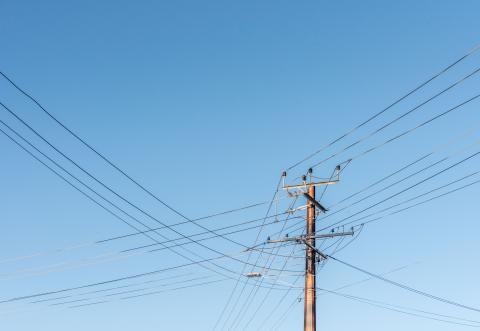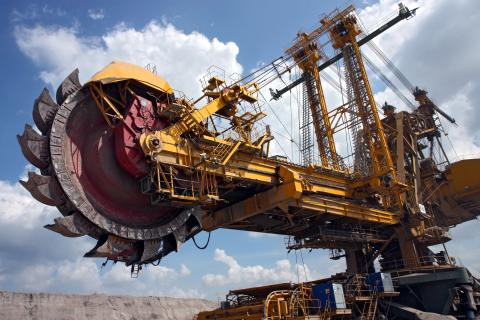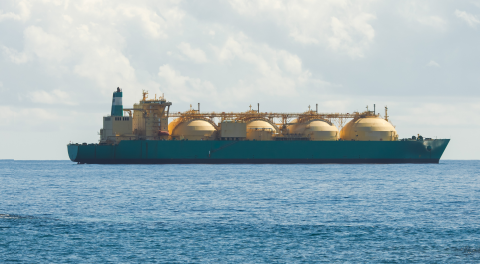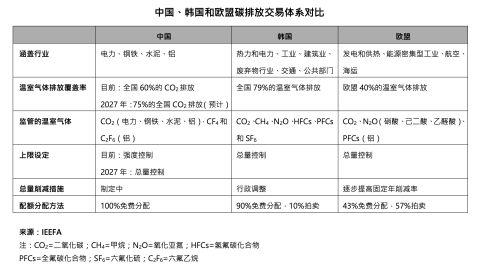Signs of Capital Flight Acceleration From Fossil Fuels as Regulatory Pressure Builds
IEEFA continues to see new evidence supporting forecast that the global electricity sector is undergoing a rapid transformation.
Change is being driven by the combination of technology innovation, a global policy shift, and the financial market’s increasing acceptance that stranded asset risk is significantly underestimated—and growing. Moves by the government this last week by the government of Victoria, Australia, provide a perfect illustration of how policy change is inevitable, if unpredictable in when and where it occurs.
One important likely outcome? Capital flight, driven by market realization that stranded-asset risks have been dramatically underestimated, even in markets like Germany, where the evidence has been building for more than a decade. Like many new technology innovations, renewable energy and energy efficiency measures are deflationary and highly disruptive to incumbent industries. Additionally, the global pressure for a price on carbon is likewise building, with World Bank Group President Jim Yong Kim saying this the other day:
“In order to deliver on the promises of the historic Paris climate agreement, a price on carbon pollution will be essential to help cut emissions and drive investments into innovation and cleaner technologies. Prices for producing renewable energy are falling fast, and putting a price on carbon has the potential to make them even cheaper than fuels that pollute our planet.”[i]
Take Swedish energy giant Vattenfall AB. The owner of five German lignite coal mines and four associated mine-mouth coal-fired power plants with a total workforce of 7,500 has agreed to pay less discerning Czech entities €1.7 billion in cash to take this “business” (liabilities is probably the more correct term). A writedown of some US$3bn is to be recorded in Vattenfall’s June 2016 quarter results, showing that previous write-downs have been underestimated despite the progressive collapse in the German wholesale electricity price by two-thirds, to just €20 per megawatt hour, over the past decade. This is evidence that the rise of German Energiewende—wind-powered electricity—has delivered massive, ongoing net benefits to the German economy.
The Victorian government in the meantime made two announcements this past week that will shake already damaged confidence in the historically dominant fossil fuel industry of Australia. As context, Victoria operates the third largest lignite (or brown) coal-mining industry in the world (behind Germany and Poland). Victoria also operates the most polluting fleet of antiquated subcritical coal-fired power plants in the world — with an emissions intensity worse than that of developing nations like India.
The Victorian government under the leadership of Premier Daniel Andrews says now that lignite mine operators will have to provide rehabilitation bonds equivalent to the estimates of the expected costs. Historically, these firms operate with bonds for only 10-20 percent of the low end of the estimated cost of rehabilitation. What that meant was that should any or all of the mine owners go bankrupt, the Victorian taxpayer was exposed for the entirely predictable decades-long environmental cleanup program required. Given the 2014 Latrobe Valley fire at the Hazelwood mine, the government has belatedly moved to partly rectify this massive subsidy of the coal industry.
Total bonds to be held as assurance by the Victorian government for the three lignite mines will rise fivefold from a collective A$44m currently to A$254m by the start of 2017. This is an enormous step in the right direction. Australia likes to view its economy as a free market, yet the coal industry has for decades survived on a string of subsidies (beyond rehabilitation bonds, other subsidies include diesel fuel rebates, zero charge for pollution emissions and subsidized government funding for water, rail and port infrastructure). One could argue now that estimates of rehabilitation costs is still flawed, and an independent expert review would be a good place to start an honest assessment. (Rehabilitation and cleanup costs for the obsolete coal-fired power plants should also be re-evaluated and made more realistic).
The second, equally impressive announcement by the Victoria government, from Treasurer Tim Pallas, is the tripling of lignite coal royalties paid by coal-mining companies. The will increase the royalty rate charged per gigajoule of energy to 22.8 cents from from 7.6 cents, bringing Victoria broadly in line with New South Wales, which charges 25.2 cents, and Queensland, which charges 21.5 centers. This increase further reduce subsidies to the coal industry and will provide an additional A$70 million annually to the Victorian government to help pay for health and environmental costs that are externalized by this industry onto the community.
The Andrews government is also looking to enhance the stalled Victorian Energy Efficiency Target (VEET) scheme. Public consultation in recent months should see an updated and more ambitious program by mid-2016.
The Australia Government has been playing lip-service to the COP21 climate agreement reached in Paris in December 2015 and signed last week in New York. At the same time, it has been using every policy technique possible to protect and further subsidize the coal-export industry and impede the inevitable rise of a lower-emissions economy. By comparison, the Victorian Government is showing leadership that other Australian states would do well to emulate.
Tim Buckley is IEEFA director of energy studies, Australasia.
Related posts:
Renewable-Energy Records in China Suggest a Reshaping of the Global Energy Economy
Another Doubling of Coal Tax in India Shows Momentum in Global Electricity-Sector Transformation















